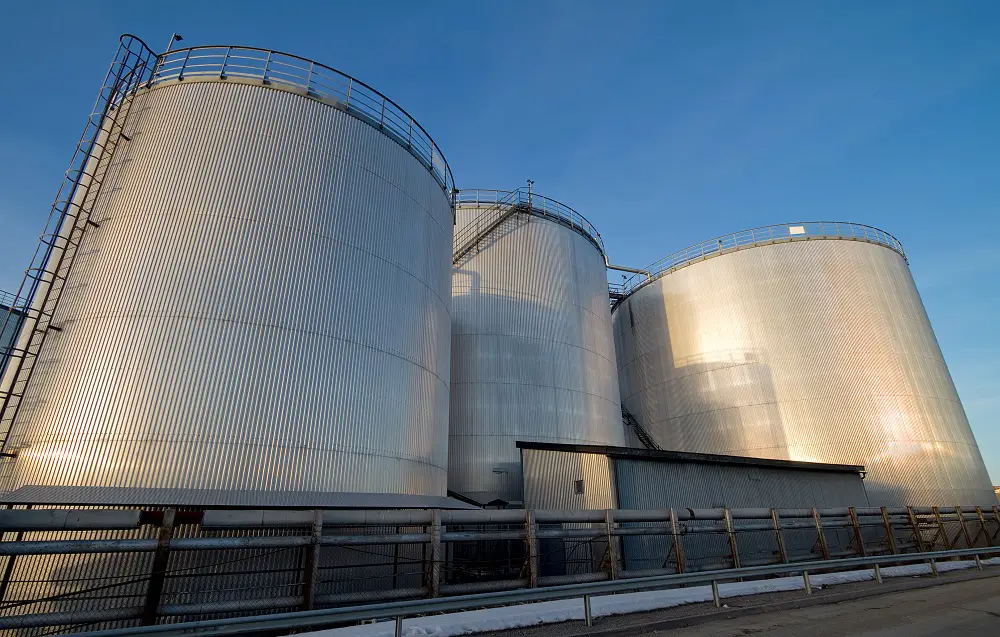Wave Energy Advantages
Renewable
Wave energy is renewable, it requires two things from the earth; ocean and wind. Both of these are sustainable and finite; they won’t run out.
Environmentally Friendly
Wave energy is green and produces zero waste, pollution, harmful by-products, or gas. It is an ideal replacement for toxin-producing fossil fuels.
Reliable
Oceans cover 71% of the earth; wave energy relies on their movement; it is a constant.
Solar power is ineffective at night; wind power needs high gusts to be productive and to even operate efficiently.
Even considerably low wave motions produce enough airflow to maintain turbine movements, thus enabling constant energy production.
Predictable
Reliable weather forecasts allow us to plan and estimate the amount of energy a site will generate well in advance.
High Energy Potential
Every meter of a wave along a shore has an energy density of 30kW – 40kW.
Analysis by the Electric Power Research Institute discovered that in the US alone, wave energy harnessed from the continental shelf edge has a potential of 2640TW hours per year; A single terawatt is 1-trillion watts.
Offshore Wave Power
Ocean wave power plants can be anchored offshore for vastly increased energy yield. Deeper seas and larger waves carry greater production potential.
Offshore power also minimizes any possible harmful or negative environmental impact.
Wave Energy Disadvantages
Locations
Wave energy generators are more restricted in their positioning than solar panels or wind turbines; they are only located along a coastline.
Landlocked countries are unable to benefit from wave power.
Costs
Wave energy is still very much in its infancy, and as such, there is much uncertainty surrounding the expected lifespan of the technology and the equipment.
As it is still in the early stages, the costs of wave power is relatively higher than other forms. As development progresses, prices will undoubtedly decrease accordingly.
Maintenance
Much of the equipment used to harness wave energy spends most of its service life submerged. Not only does it require frequent maintenance, but specialist engineers have to carry out the work.
As a relatively new technology, training takes a long time and is expensive.
A Blot on the Landscape
Wave Energy Generators (WEG) are power plants that, due to their nature, need to be close to the shoreline. Some locals and visitors fear they are an eyesore that spoils an otherwise beautiful panorama.
As wave energy gains momentum, installations and facilities will have to meet more stringent size and location restrictions.
Marine Life
Due to the immaturity of wave energy, it is not yet fully clear the effects, if any, it has on marine life (migration patterns, aversion behavior, feeding and orientation of marine species, etc.).
Research on this topic is still on-going.
Is Wave Energy the Same as Hydroelectricity?
Hydroelectricity and wave energy both rely on the power of water but adopt different methods to generate electricity.
Hydroelectricity collects rainwater in dams or relies on falling or flowing water in rivers or streams to turn turbines.
Wave energy harvests kinetic energy from the wind transported inland by the ocean’s surface waves.




